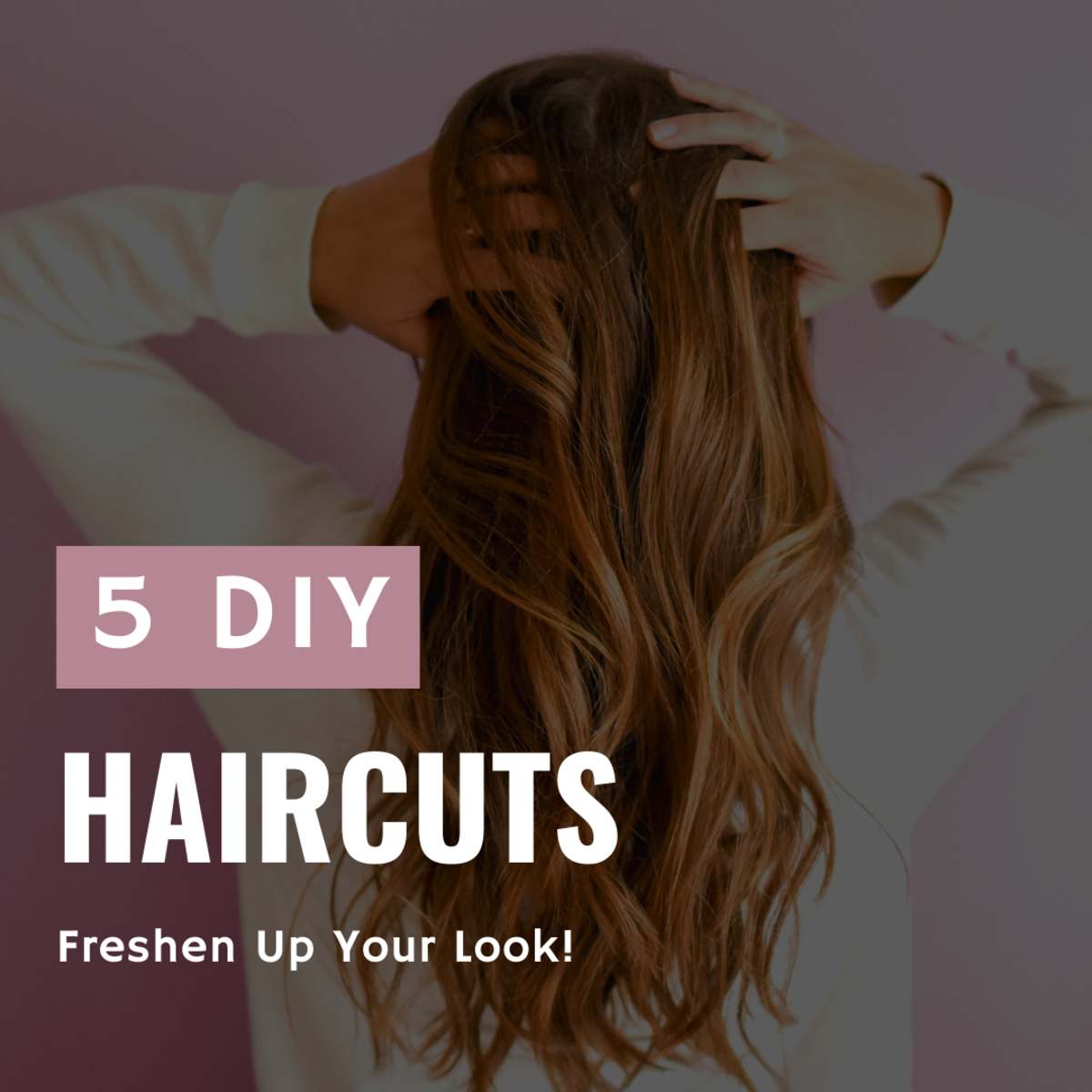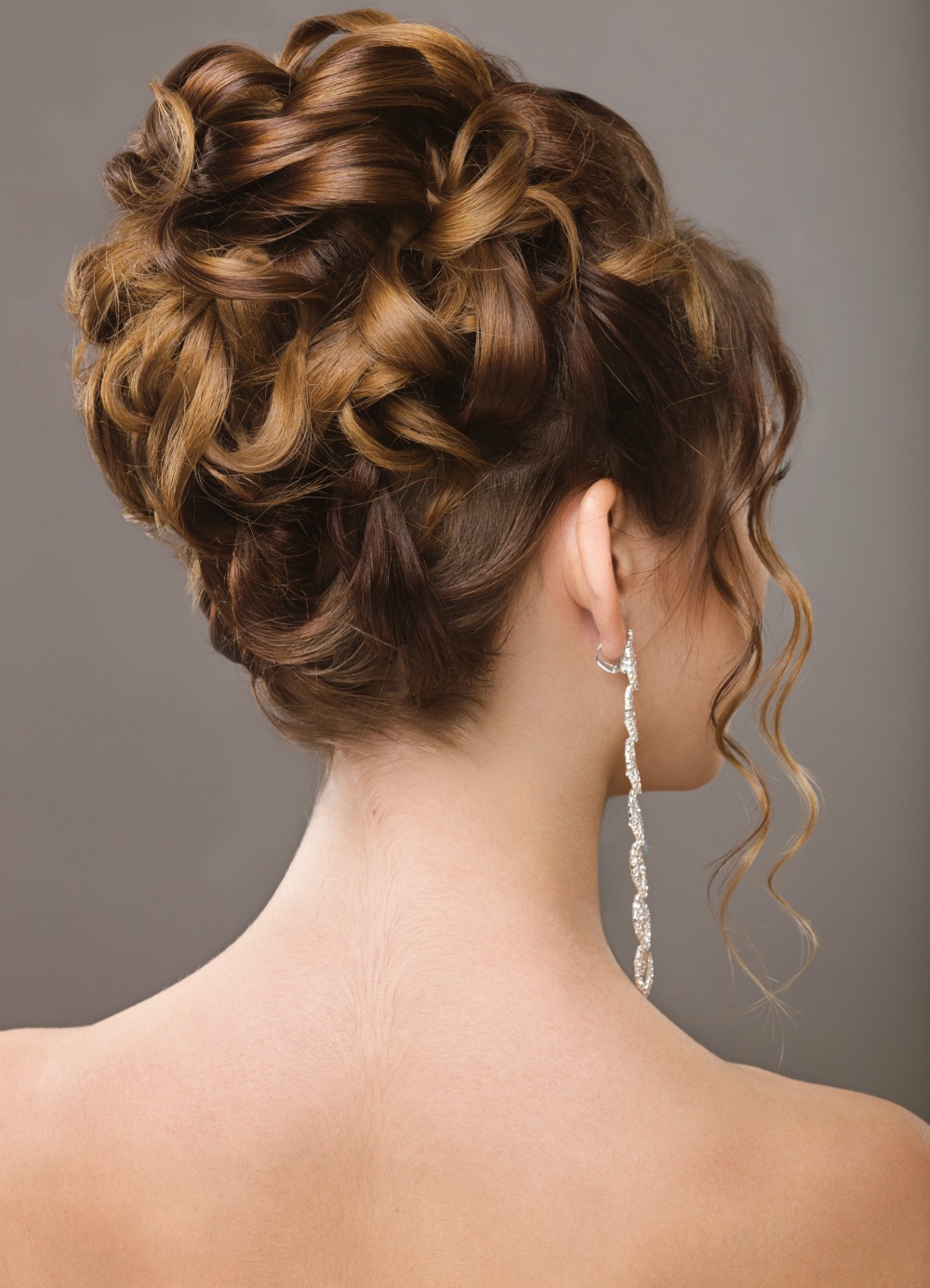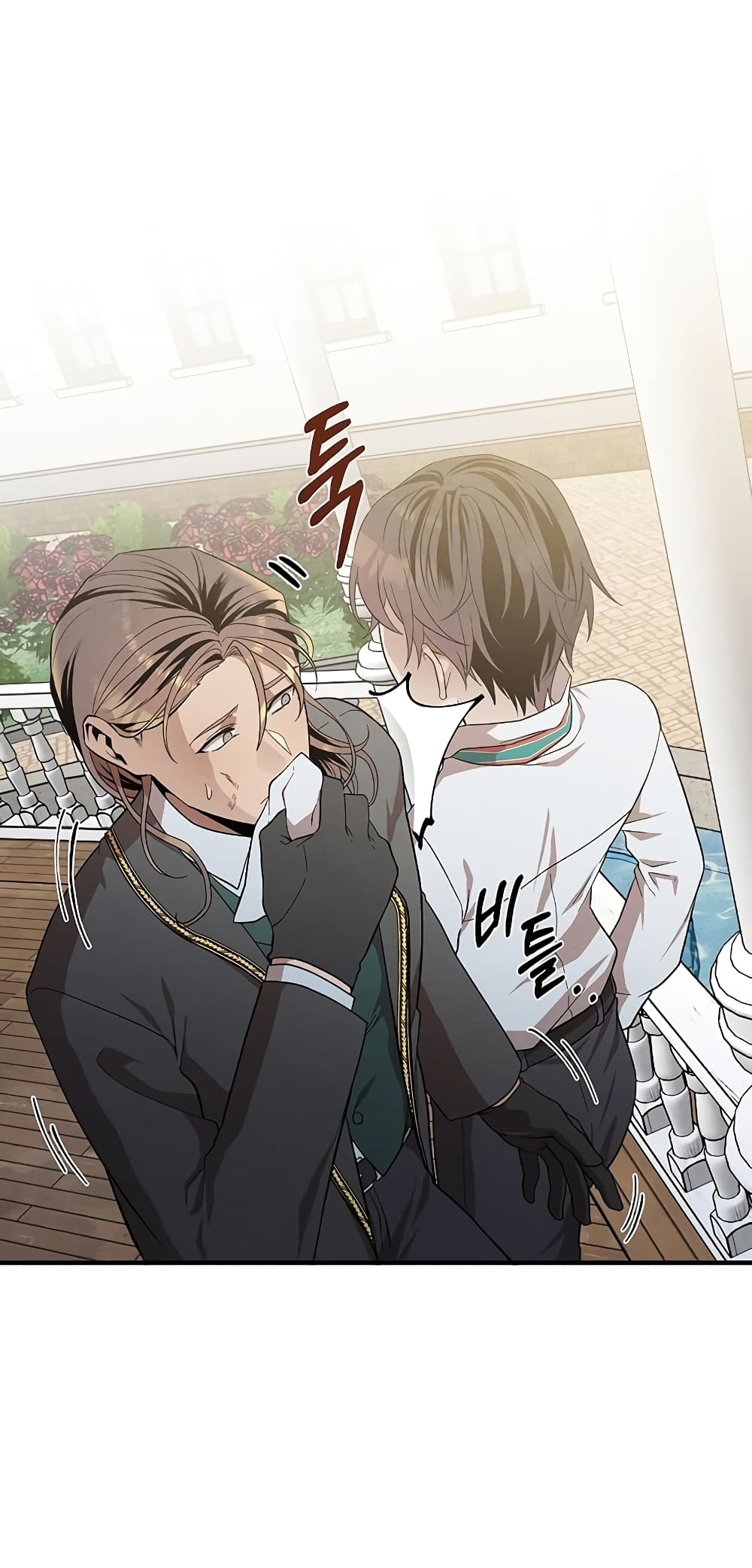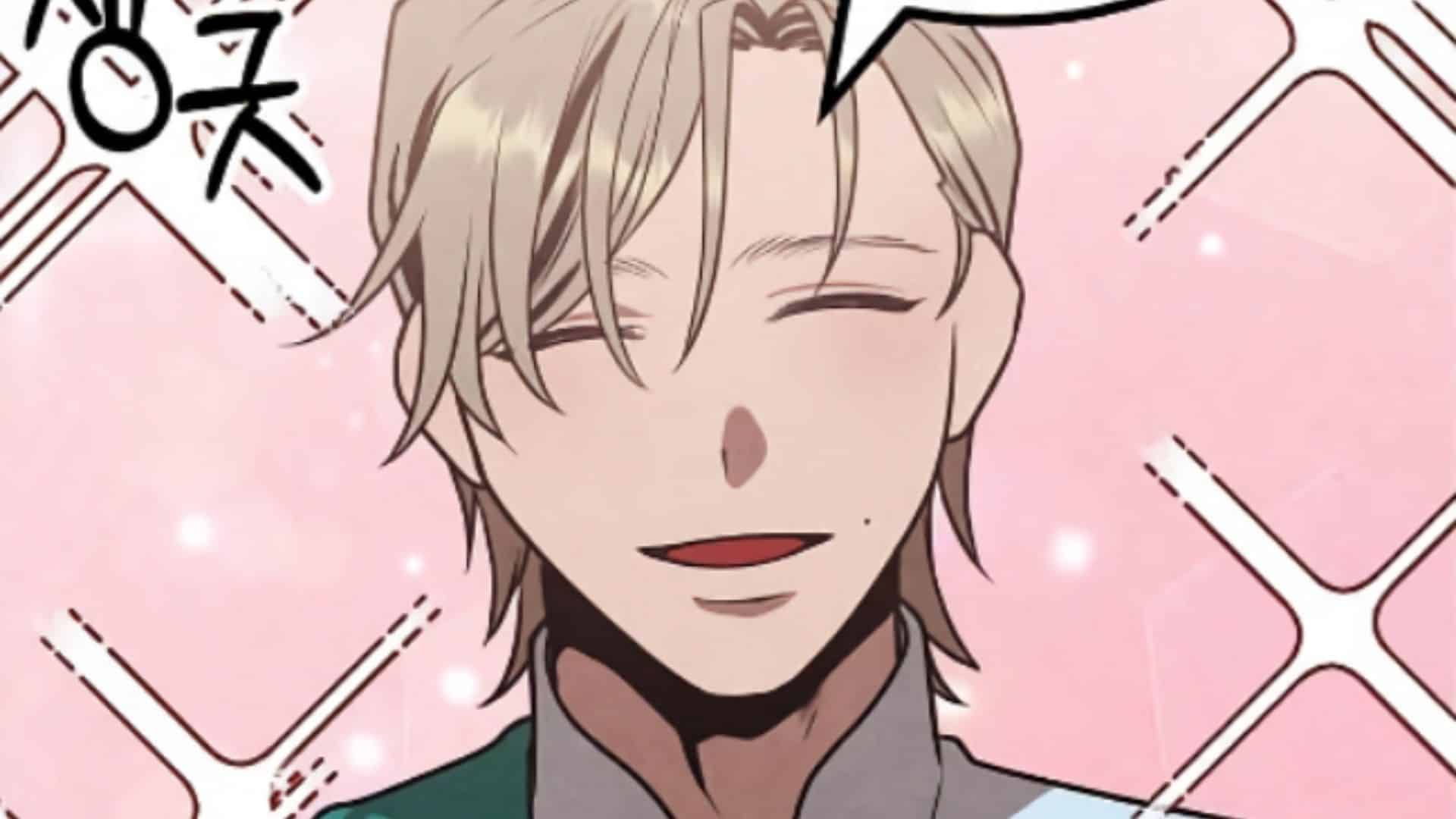Table Of Content

Marjan says make sure hair is dry and styled the way you usually wear it, “so you have a clear and realistic vision of the cut. “All of these factors cause your hair to change and may be a challenge to cut at home and get the desired results,” she warns. And FWIW, I’m not just trying to be a bummer or crush your impulsive 11 p.m. I-want-new-hair-right-now dreams—I just want you to do what’s best for your hair, k? “A trim is definitely better if you go with a pro,” says hairstylist Kamara Brown Lewis.
How to Cut Your Curls
Going slightly past the ear line should give you a bit from the back length so that you're cutting to meet the longest point of the hair. Comb the hair forward and use your clips to section off the rest of the hair. She started her career on fashion desks across the industry - from The Telegraph to Brides - but found her calling in the Tatler beauty department. From there she moved to Instyle, before joining the Marie Claire digital team in 2018.
Master Cutting Your Own Hair Short
To maximize the time between haircuts, Arrunategui recommends scaling back on heat-styling and reducing the frequency of hair coloring, both of which demand extra attention. Incorporating nourishing products like masks, leave-ins, and serums may help. Follow along as YouTuber Vivi König very carefully gives her bangs some TLC.
How to Cut Face-Framing Layers at Home, According to a Stylist
Clean up any choppy ends with small, precise cuts for best results. You've likely seen a stylist use this method on you numerous times, but if you're having trouble picturing it, there are plenty of YouTube tutorials demonstrating how to do it. YouTube tutorials in general, Fitzsimons points out, can be a great source of guidance when learning how to cut your own hair.
The idea is to keep your hair from looking stringy or too outgrown. Start with small cuts as you can always take off more hair, not vice versa. Below, New York-based hairstylist Erickson Arrunategui breaks down the dos and don'ts of cutting your hair at home. If you’re going to attempt to maintain your ‘do at home, gear up with the right professional tips and tools to make your hairstylist proud when this is all over. Remember, this isn’t your typical DIY project, so we urge you to proceed with caution (preferably before any sort of Zoom wine happy hour) to avoid quarantine hair disasters.

DO invest in proper tools
Cutting vertically into the hair is more forgiving in case you’re not blessed with a steady hand. To trim your hair at home, start by sectioning your hair into at least four sections. Divide your hair in half from ear to ear, tie or pin the top half up, and then section the top half and the bottom half into their own sections with a hair tie, scrunchie, or clip. “It helps you focus and will help you trim to the same length in each section,” says Brown. And if you have really long or thick hair, Brown says you can take it a step forward and divide each of those four sections in half too. Once you’ve shaved the bottom section, let some more hair down and shave the next section with a slightly longer clipper attachment.
“Then use that piece as a guide for the rest of the hair.” Make sure to have a set of alligator jaw clips on hand to safely secure any stray sections while cutting. The time has come to take matters (and scissors) into your own hands. Typically, we would not advise anyone to cheat on his or her hairstylist—let alone cut your hair at home—but as they say, desperate times call for desperate measures.
This approach offers improved visibility of split ends that require attention and provides a better sense of how your hair will naturally fall. Nevertheless, visiting a professional should still be your first choice for achieving the best possible results. "Find someone who has a cut similar to what you're looking for and make sure they have a similar hair type," he advises. That especially goes for people with curlier hair that might benefit from a different cutting method. Just make sure you're only watching tutorials hosted by licensed professionals. Marjan recommends working in sections that are just an inch or two wide (when spread as thin as possible between your fingers) and starting at the very front.
You must, however, ensure your hair is really smooth, especially if you have naturally frizzy hair because it can make the cut uneven. 'I would never recommend cutting your own hair or fringe – regular Hare and Bone clients can receive complimentary fringe trims at our salon, which takes seconds! ' says Sam Burnett, owner and Creative Director of Hare and Bone. "Point the scissors upwards and lightly open and close scissors on the ends of the hair," Marjan explains further. "This is a point-cutting technique that gives a more diffused finish on the ends." Basically, it's an insurance policy against uneven strands, which stand out far more when hair is cut bluntly across. When snipping off the ends, cut into the hair vertically (also known as point cutting), not horizontally where you would get a chunkier, blunt line.
The best thing about this style is that it’s really easy to do and if you didn’t get it right the first time, you can simply wear your hair down and no one will notice (if you don’t go too bold, of course). Trimming your hair a little longer than your desired length is a good idea for two reasons. Firstly, hair cutting can get tricky and if you have made a mistake, you’ve got some leeway to fix it. Second, if you’re cutting your hair while it’s wet, then it will usually look shorter once it has dried. First and foremost, your main tool will be a pair of sharp hair scissors. Be sure to invest in a fine-tooth comb, as it is essential to smooth out disobedient hair before every snip.
How To Trim Your Own Hair at Home *Without* Having a Meltdown - Well+Good
How To Trim Your Own Hair at Home *Without* Having a Meltdown.
Posted: Thu, 20 May 2021 07:00:00 GMT [source]
In fact, if your strands are curly or you're wavy-haired, only cut your hair when it's dry so you can get a better idea of what the final look will be. If you have straight hair, you can cut while it's wet or dampen it with a spray bottle first to get the cleanest, sharpest lines possible. If you have long hair and you’ve been wondering how to cut your own hair in layers, bobbles are the answer.
Marjan recommends pulling the hair straight upward with your fingers because it's the easiest way to make sure the length is even overall. Then, place your scissors parallel to the hair peeking through your fingers and snip hairs vertically rather than straight across. So, if you've recently visited a pro and your hair still feels relatively healthy, you can wait a little longer to snip your ends. “If you have a super short bob, it will grow into a classic looking bob. If you have a long bob it will grow into medium length hair.” All of which are still trendy and will look good.
Pay special attention to YouTuber Pick Up Limes’s technique for point-cutting (aka cutting into the hair with the tips of your shears parallel to your hair in order to give your layers more texture). Before you start trimming your hair at home, find a tutorial that most closely matches your own hair length and hair type, so you can get the most accurate guide. And to make sure you’re getting expert information, Brown says to choose one created by an actual hair expert or stylist. So if you want to skip these steps (since they’re going to be different for every hair type), keep scrolling for the best tutorials on trimming your own hair. An undercut style is by far the easiest haircut to try at home and it can make a huge difference in managing and cutting thick hair. Learning to trim the nape of your head will also be useful if you’re trying to maintain or grow out a pixie cut.
By keeping your shears open and making delicate pulses—never fully closing them together, let them glide down the front of the hair. This YouTuber shares her trimming technique for her gorgeous natural locks. For her, it's all about detangling and using your fingers for a more precise cut, and using already-cut hair as a guide to keep everything nice and even. Anyone with straight hair can use these foolproof methods to make sure your DIY cut is nice and even.
Now that you know what tools you need and the basics of trimming, here are a few tutorials that will give you a visual and step-by-step breakdown of exactly how to trim every hair type. If you have very curly hair, try a DIY Deva Cut, another technique that requires dry natural hair. Instead of brushing out your hair, just separate the curls with your fingers. Comb out small sections with a fine-tooth comb, clamp it between two of your fingers, and then snip upwards with your scissors.













